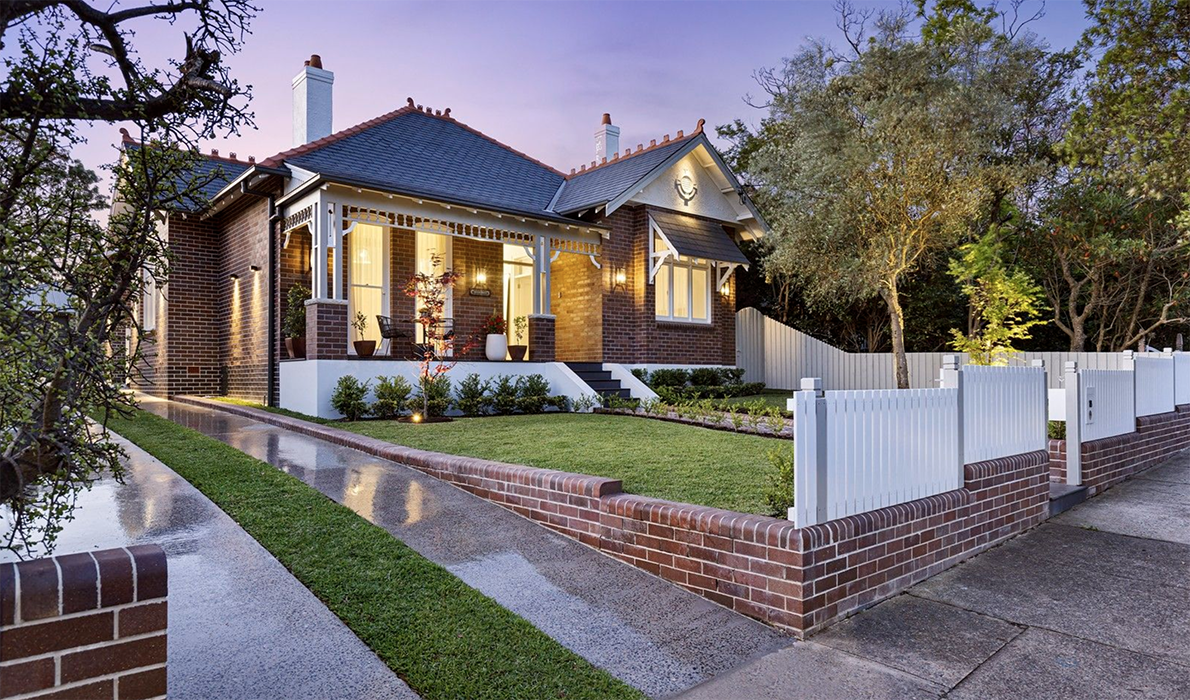118 Exceptional Google Reviews
The team at Oasis Skeen were outstanding in their efforts, responsiveness and communication throughout the process.
5
Our Clients Rate Us Highly
I have been 100% impressed from the first interaction with the team at Oasis Skeen.



